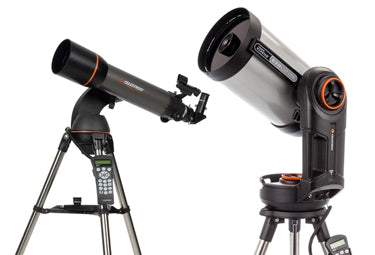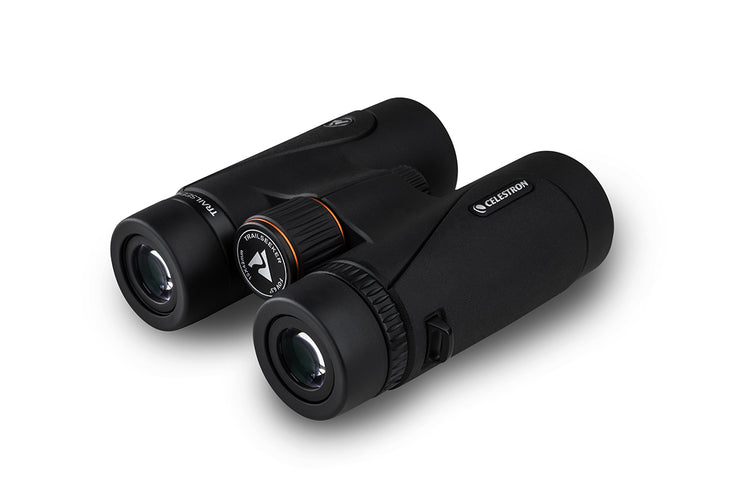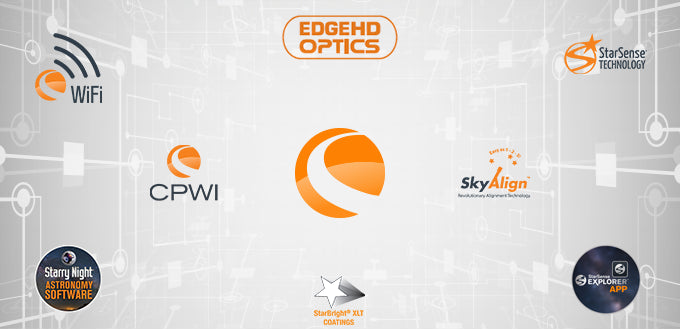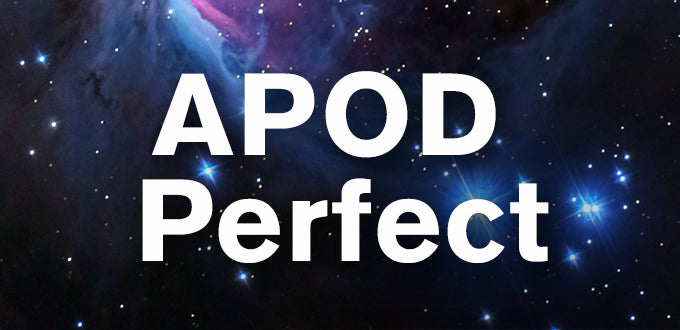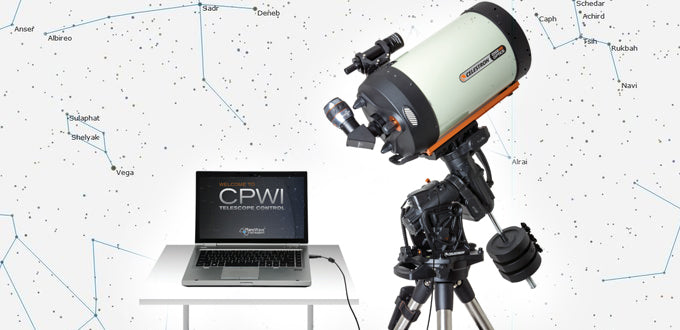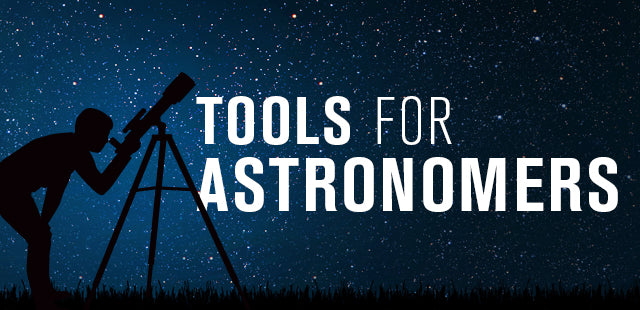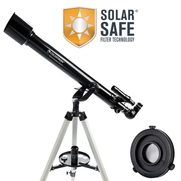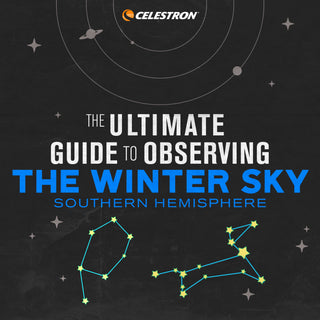How to View the April 2023 Hybrid Solar Eclipse
January 9, 2023


2023 Hybrid Eclipse
A hybrid eclipse is a rare and strange phenomenon that combines a partial, annular, and total solar eclipse into one stunning event. These eclipses happen only about once a decade; the last occurred on November 3, 2013. On April 20, 2023, lucky observers in western Australia and southern Indonesia will be on the path to observe the next one.

The April 2023 hybrid eclipse kicks off a string of solar eclipses over the following year, including an annular eclipse in October 2023 and a total eclipse in April 2024. The hybrid eclipse will begin in the Southern Indian Ocean, halfway between Madagascar and Antarctica, at 01:34:15 UTC (12:34:15 Sydney time). It will then move across part of Western Australia and Southern Indonesia. The point of maximum eclipse is in Timor-Leste, where totality will last for 1 minute and 16 seconds. A partial eclipse will be visible throughout most of Indonesia and Australia.
When the Eclipse Happens Worldwide — Timeline
The hybrid eclipse starts in one place and ends in another as it traverses the globe. The table below shows the time (in UTC) when the each phase of the eclipse will begin and end.
|
Event |
UTC Time |
|
Penumbra - Partial Begins |
April 20, 01:34:15 |
|
Umbra - Annularity Begins |
April 20, 02:36:56 |
|
Umbra – Annularity Ends |
April 20, 02:37:03 |
|
Total Eclipse |
April 20, 04:16:37 |
|
Umbra – Annularity Begins |
April 20, 05:56:23 |
|
Umbra – Annularity Ends |
April 20, 05:56:35 |
|
Penumbra – Partial Ends |
April 20, 06:59:13 |
What is a Hybrid Solar Eclipse?

What makes hybrid solar eclipses unique? Depending on where you are along the eclipse’s path, you can have different experiences. Either you will witness a total solar eclipse or an annular solar eclipse. During a hybrid eclipse, the Moon casts three shadows on the Earth’s surface. The umbra is the deepest shadow, which causes a total eclipse. The penumbra is a partially shaded region. Standing in the penumbra, observers witness a partial solar eclipse. Finally, the antumbra causes an annular eclipse.

When eclipses happen on certain parts of the globe, the curvature of the Earth’s surface causes all three eclipses to happen during the same event—a hybrid eclipse. This hybrid eclipse will start as an annular eclipse (represented by the pink oval on the left in the image above) and transition to a total eclipse (the star along the path), before finishing as an annular eclipse (the pink oval on the right above).
The Rarity of Hybrid Solar Eclipses
In the 21st century, there will be 224 solar eclipses. Of these, only seven will be hybrid eclipses. They are:
- April 8, 2005 – Venezuela, Colombia, Panama, French Polynesia, and Bounty Islands
- November 3, 2013 – Gabon, Republic of Congo, Democratic Republic of Congo, Uganda, Kenya, Ethiopia
- April 20, 2023 – Indonesia, Australia, Timor-Leste
- November 14, 2031 – Pacific Ocean, Panama
- November 25, 2049 – Saud Arabia, Yemen, Malaysia, Indonesia
- May 20, 2050 – South Pacific Ocean
- December 6, 2067 – Honduras, Nicaragua, Colombia, Venezuela, Guyana, Brazil, Nigeria, Cameroon, Chad, Sudan
Observing the Hybrid Eclipse Safely
Remember, you must take the proper safety precautions to observe a hybrid solar eclipse. Wear approved eye protection during ALL phases of the hybrid eclipse (except totality if you will experience it). You may only remove your eye protection during the brief moments of totality, when the Sun’s corona is visible. Before and after totality, during annularity, and during the partial eclipse, you must protect your vision with ISO-certified glasses or filtered optics like Celestron EclipSmart.
Get prepared to view the Sun safely during this annular eclipse or anytime with our Ultimate Guide to Observing the Sun.

More resources to help you observe and photograph the eclipse:
Solar Safe Viewing Tips
Learn how to view the Sun and solar eclipses with EclipSmart.
Our EclipSmart products are ISO-compliant, filtering 99.99% of visible light! Browse the EclipSmart lineup to find the right products for you.
SHIPPING

SHIPPING

SHIPPING
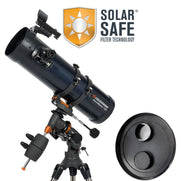
SHIPPING

SHIPPING

SHIPPING

SHIPPING

SHIPPING

Watch the Eclipse Live
If you aren’t in the path of annularity during this eclipse, we recommend watching TimeandDate.com’s livestream coverage.
Eclipse Chaser Stories
Two Celestron employees have had unforgettable experiences while witnessing solar eclipses. Read their stories and get inspired!
Prepare for the Solar Eclipse of 2023 and 2024




